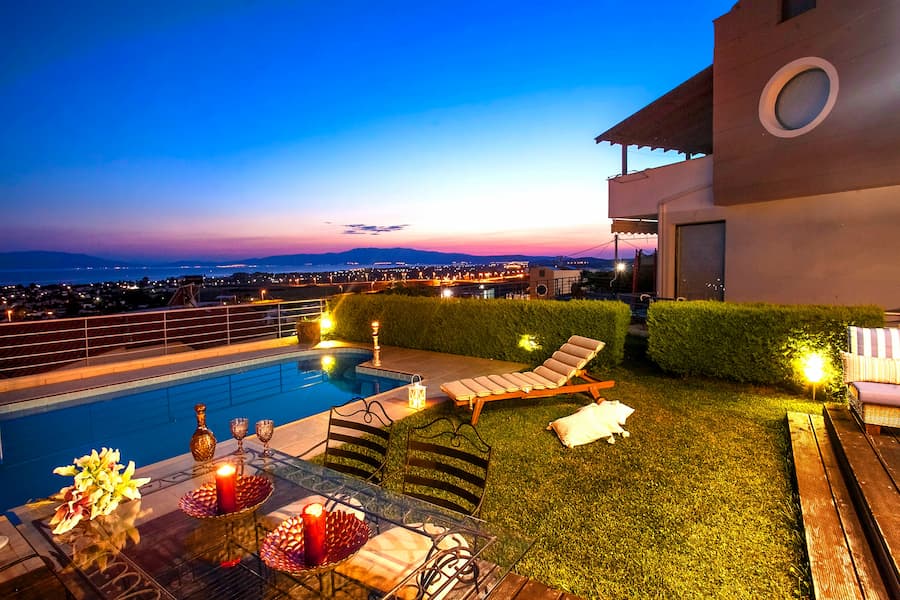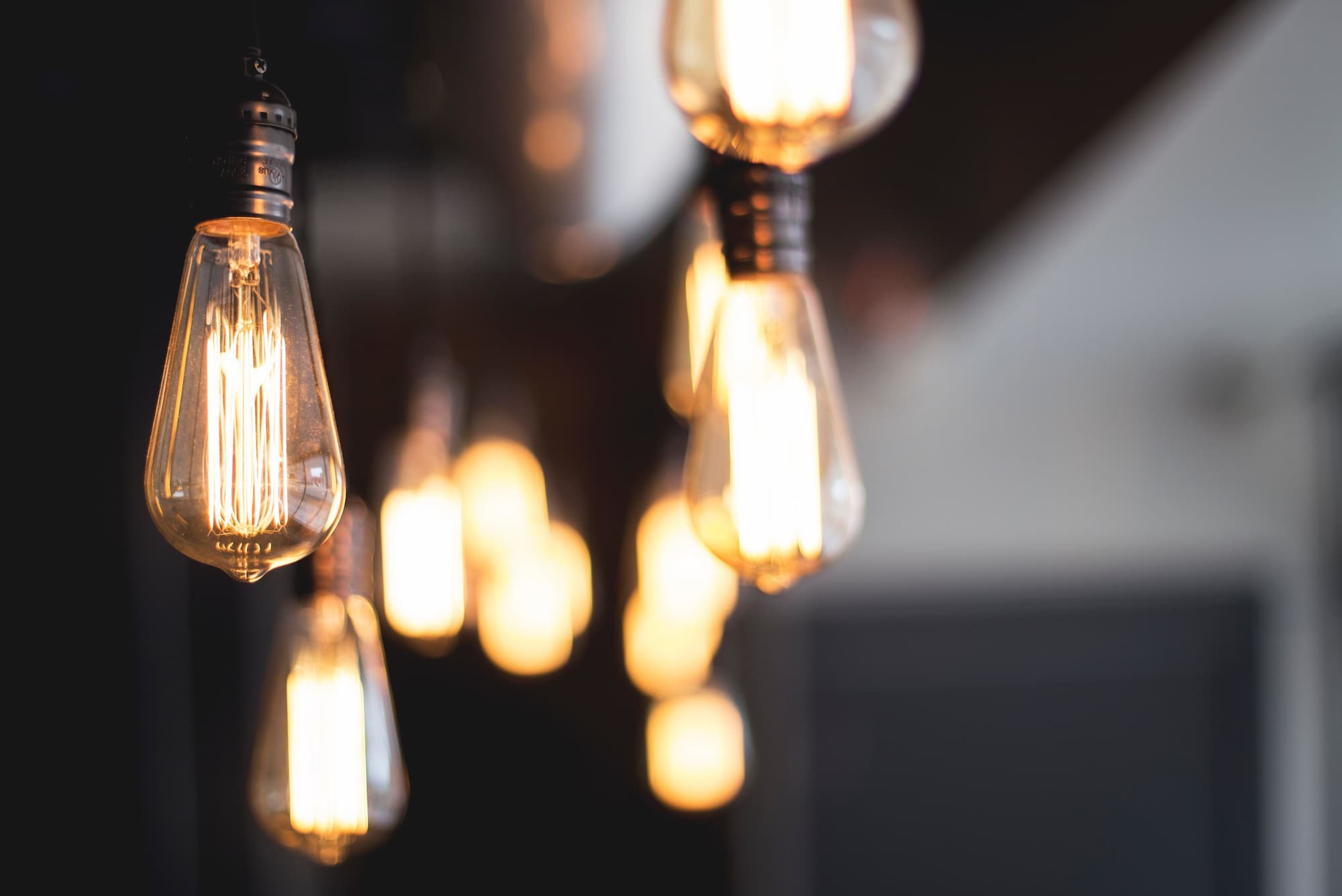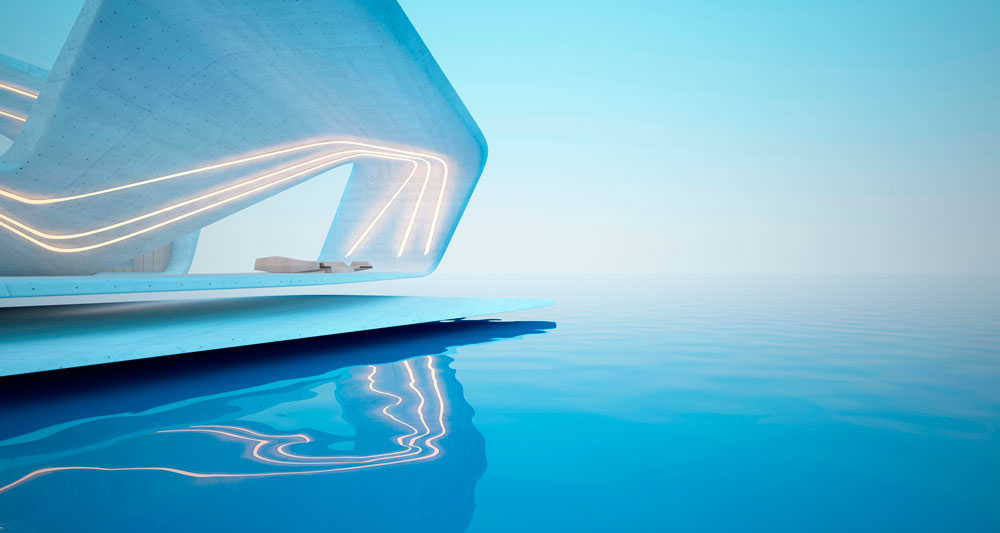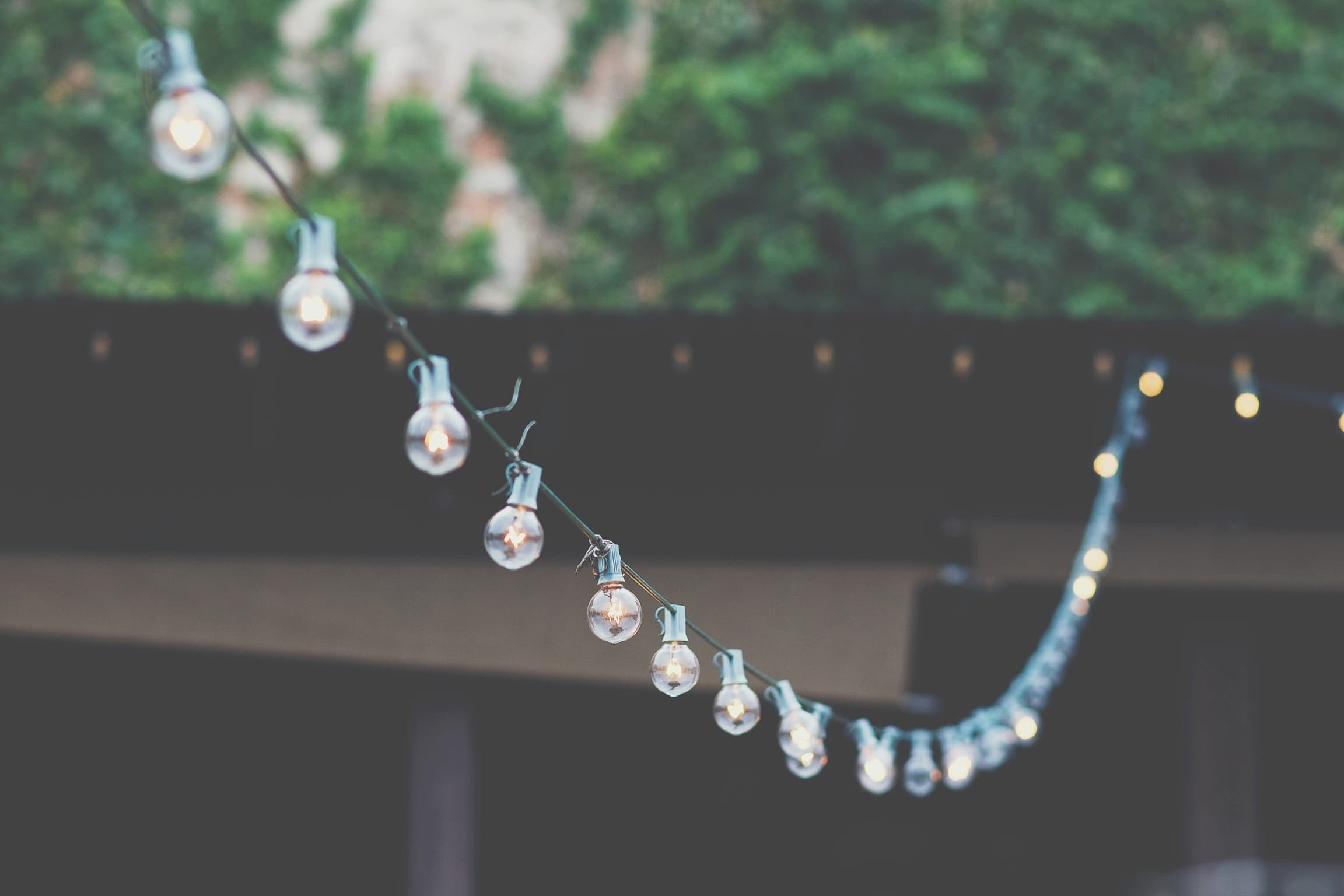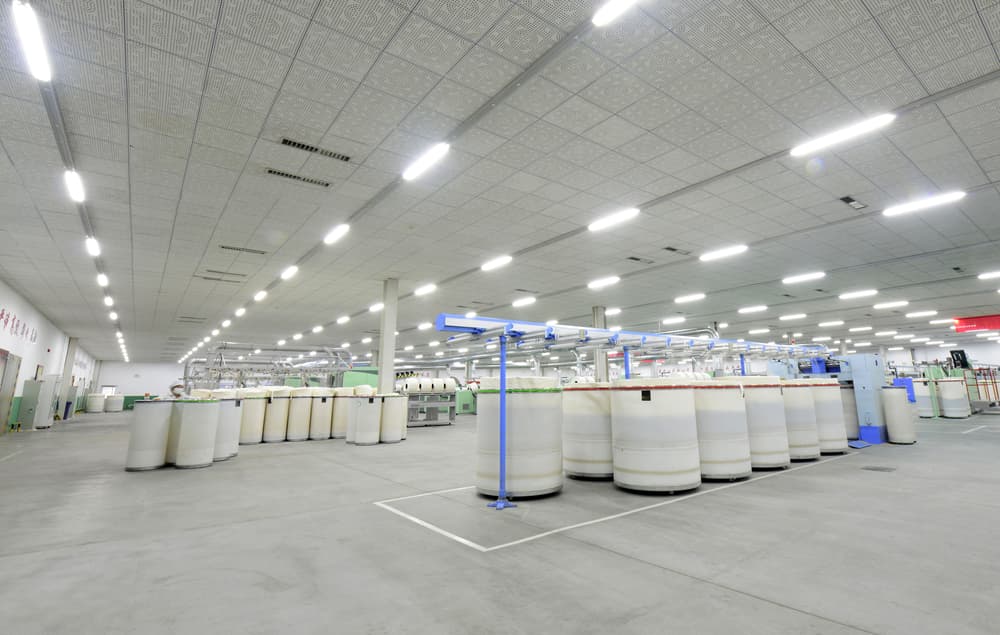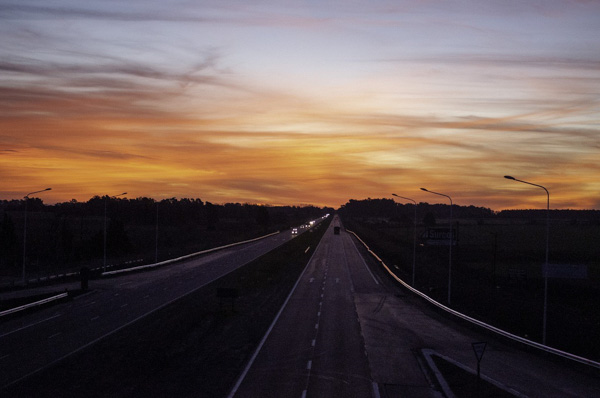The color temperature is a physical aspect which determines the shade of a determined light source. It is measured in Kelvin (K) and usually there are three mayor categories:
- Warm white (up to 3.500K): it’s a warm, yellow tone which is considered very comfortable and “homely”
- Natural white (3.500 – 4.500K): it’s the light the most similar to natural sunlight which humans consider as white
- Pure white (more than 4.500K): with a blueish tone the light is something uncomfortable for the humans’ eyes; so in homely spaces it is used very carefully
Usually, the project managers in charge of an illumination project often define the warm white light within a range of 3.000 – 4.000K in a separated category, because it’s considered the most comfortable for human vision.
For interior illumination scenarios it is recommended to use a color temperature between 2.500 – 4.000K. It’s possible to mix light tones, but generally speaking, the use of different color temperatures at the same spot should be avoided.
Different types of luminaires can produce different color temperatures. When buying luminaires one’s should pay attention to the packaging; this is where to find the range of its light color. In the following, we again provide some information about the most common types of light bulbs on the market:
- Incandescent light bulb: their color temperature is always between warm and warm white so it’s very comfortable for the eyes, but at the same time they consume much more energy than other light sources, they often blow and they get very hot.
- Halogen lamp: this type of light source also provides a warm white color, comfortable for the eyes. These light bulbs are more efficient than the incandescent light bulbs and with a longer useful life, but they also get very hot while switched on.
- Fluorescent bulbs: they can be of every color temperature, but its light is very bright and might cause discomfort as well as tire the eyes. In addition to it, these light bulbs aren’t good for the environment, because they contain mercury.
- LED bulbs: as a universal light source they are available in whatever color temperature, economically, long-lasting and safe.
In whatever kind of illumination project it is possible to use and combine every type of light bulb that fits the needs. Nonetheless, our final recommendation is to always use LED illumination for its efficiency, sustainability and durability.
Tabla de contenidos
ToggleHow to select the ideal color temperature
The selection of the ideal color temperature is essential for creating comfortable and safe atmospheres in different spaces, such as industrial buildings, public streets, urban ambience, monuments and facades as well as the whole interior part. The color temperature is measured in Kelvin (K) and with “temperature” of the light is meant that the light can be warmer (less Kelvin) or cooler (more Kelvin).
How to select the ideal color temperature for industrial buildings
Within industrial buildings it is recommendable to use color temperatures between 4000K and 5000K which provide a natural or pure white which is ideal for illuminating workspaces and improves safety. This color temperature is also perfect for illuminating plant and machinery, because of its brightness.
How to select the ideal color temperature for urban ambience
Within urban ambience it is recommendable to use color temperatures between 2700K and 3000K which provide a warm and comfortable illumination of parks and gardens. This color temperature is also perfect for illuminating leisure areas and sports facilities, because of its relaxing and pleasant ambience.
How to select the ideal color temperature for monuments and facades
For monuments and facades it is recommendable to use color temperatures between 2700K and 3000K which add a warm and subtle glow to the architecture and the esthetics. This color temperature is also perfect for illuminating listed and historical buildings, because of its beautiful and shiny light.
Final conclusion
The selection of the ideal color temperature is essential for creating a comfortable and safe ambience within different environments. It is important to be aware of how the space to be illuminated is used and which effect there is to be obtained to choose the adequate color temperature. A color temperature between 4000K and 5000K is perfect for illuminating workspaces and improving safety meanwhile a color temperature between 2700K and 3000K is perfect for leisure areas and esthetics.
Here at NTE we’d be happy to help you choose the best illumination for your project. We invite you to have a look at our catalog which is full of innovative light solutions which will make your life easier. Don’t hesitate to call us – we are already looking forward to answering whatever question or inquiry you’d possibly have!
